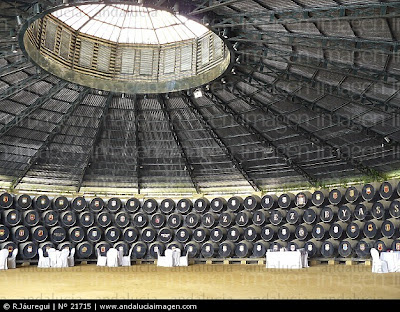Japan’s Emperor Akihito and Empress Michiko have visited the disaster-stricken town of Asahi in the Tiba prefecture on Thursday. Asahi, a coastal town of 70,000 residents, suffered a double blow on March 11 when it was hit by an earthquake and tsunami. 13 residents were killed and two went missing. The disaster flattened 900 houses.
By TOMOKO A. HOSAKA, Associated Press
MINAMI-SANRIKU, Japan – Emperor Akihito and Empress Michiko visited Japan's tsunami-battered northeastern coast on Wednesday, offering encouragement to residents who lost homes and loved ones in last month's disaster.
The deeply respected royal couple visited a school gymnasium where 200 people live in the town of Minami-Sanriku, 250 miles (400 kilometers) northeast of Tokyo. Excited crowds began gathering almost two hours before their arrival.
"I'm thankful he has come so far. It makes me so happy," said Mitsuko Oikawa, 73, who has been living at the shelter since the tsunami. Her house was washed away by the powerful waves, she said, shaking her head.
"I saw it happen right before my eyes," she said. "It hurts just to think about it."
But the emperor's visit gives her strength, she said.
The royal couple spent about 30 minutes at the gymnasium, speaking to evacuees sitting between stacks of blankets and futons.
They also surveyed the destruction in the seaside town, bowing toward the wreckage to pay their respects to victims.
Last week, they visited Kita-Ibaraki, a port that was ruined by the tsunami, which left about 27,000 people dead and missing and is thought to have caused $305 billion in damage.
Nearly seven weeks after the magnitude-9.0 earthquake and tsunami struck northeastern Japan, some 130,000 people are still living in about 2,500 shelters. The government has promised to build 30,000 temporary homes for them by the end of May and another 70,000 after that.
But volunteer Shin Kageyama, a Yokohama resident who came to Minami-Sanriku to help, said the government seems to be preoccupied with the nuclear accident in Fukushima prefecture and has neglected the humanitarian needs of the region.
While the emperor brought hope and joy to the evacuees, "if the prime minister came, we'd all just feel like punching him," Kageyama said.
"Maybe it's taboo to say this, but the emperor is truly like a god," he added.
Akihito's father Hirohito publicly renounced the idea he was divine after World War II, but the imperial family continues to be widely respected and treated with great deference. Interaction between the royal family and ordinary people is rare.
One teenager who spoke with the emperor on Wednesday was 15-year-old Kazuna Abe. The gym was off-limits to anyone other than evacuees, but she said a friend sneaked her in. Her house was damaged but is still livable, she said.
Akihito, 77, asked about tsunami damage at her high school and told her to stay strong, she said.
"All I could say was 'thank you.' My heart was racing," she said.
"I still can't believe it," she said. "I wonder if it was OK that I took pictures with my cellphone."



















































